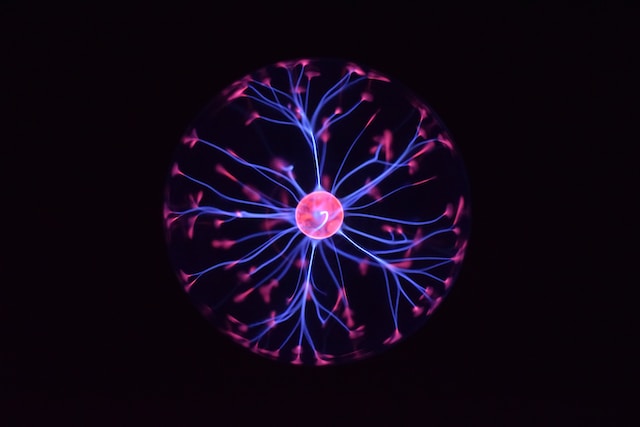In the late 2000s, scientists built a seed vault in the Svalbard glacier in Norway as a mega backup of other seed banks around the world. The vault contains millions of packets of seeds of various crops from around the globe, all stored at sub-zero temperatures. As a fail-safe, the vault was sunken through permafrost – a piece of land that is bound by ice and stays below 0oC. But climate change meant that the permafrost melted in the summer of 2017 and sent water gushing through the entrance tunnel. While the main seed vault was not harmed, the incident raises an important question: should we have another backup? This should also be considered for cryogenic storages as well.
Where to find an off-site backup
Cryonic storage facilities are at risk of natural as well as manmade disasters. Rising sea levels, a supervolcano or asteroid strike, fuel scarcity, political turmoil, nuclear war all pose risks to sample storage. Backing up makes sense but any location on Earth is vulnerable and the Svalbard experience shows that the best of plans can also fail. Wouldn’t it be better to have an off-site backup?
There is an ongoing race to reach Mars and make a colony there. But there is still so much we do not know about the planet. With a one way journey time of seven months, there is the added risk of a massive lag between an incident and our response time. The back up should be easily accessible and its terrain well known. However, the moon could be a viable option.
For starters, we know the moon is not inhabited. It is one fourth the size of the Earth and offers a lot of storage space. With a travel time of three days, it is not very far away. It would be easier to build a facility by simply transporting materials from Earth. Companies like SpaceX, Blue Origins, Virgin Galactic are working towards making space travel affordable and regular. What better incentive to expedite this than the need for a transport service to ferry the goods?
Unlike the Earth, the Moon’s atmosphere is scant and receives higher levels of solar radiation. A recent proposal by researchers at the University of Arizona at IEEE’s virtual Aerospace Conference has developed a solution to this problem.
The cryonic facility does not have to be built on the surface of the moon. Rather it can be housed many meters below it. Billions of years ago, the Moon was a hot ball of molten rock and magma flowed through its interior surface while the exterior surface had cooled. This led to the formation of many tunnels under its surface. Also called ‘Lava Tubes’, these tunnels are so large that scientists estimate that they will house mini-cities inside them in the future.
An added advantage would be the ultra-low temperatures in these hollows. Areas where the sunlight does not reach the Moon, the temperatures drop to -173oC, very close to the temperatures needed for cryonic storage. This would drastically lower the cooling costs of the storage facility.
So, what is holding us back?
While this is still at the concept stage, three major developments could accelerate the progress in this direction:
1. Moon Maps
While we have some details about these tunnels, we need to know more. We need to understand how they run underneath the surface of the Moon and map them out to plan the storage better. In the future, humankind will colonise the Moon. The cryonic facility needs to be secured against this colonization by an opposing country. To survey these underground tunnels, we need to send rovers equipped with cameras and remote sensors to the Moon.
2. Ultra-Low Temperature Compatible Bots
The major advantage of extreme cooling in the tunnels is actually a drawback during the construction phase. Equipment used on Earth does not work well in ultra-low temperatures of outer space. So we need to figure out means of making bots that can construct facilities at ultra-low temperatures. Scientists are still working out details of how this can be done. But any serious colonization effort in the solar system will need this hurdle crossed. Scientists are likely to get these bots made soon.
3. Travel
We also need a reliable and regular option to transport us to the Moon and back. Installation, inspection, maintenance of the facility will require frequent visits from personnel from Earth. Not to forget, as cryonics get popular, the number of samples to be backed up will also increase. Travel to and from the Moon needs to be as cost-effective and easy as booking a chartered flight.
Scientists are of the view that building a facility on the Moon could begin within the next decade and a half. A cryonics backup facility can make the most of the opportunities available while also pushing research and development activities in the areas of space travel and space colonization. This is a win-win situation for everybody.
Arctic stronghold of world’s seeds flooded after permafrost melts | Climate change | The Guardian
Space race: UAE, US and Chinese missions prepare to explore Mars | Space News | Al Jazeera
Scientists want to store DNA of 6.7 million species on the moon, just in case | Live Science
How long does it take to travel to the Moon? | Cool Cosmos (caltech.edu)















